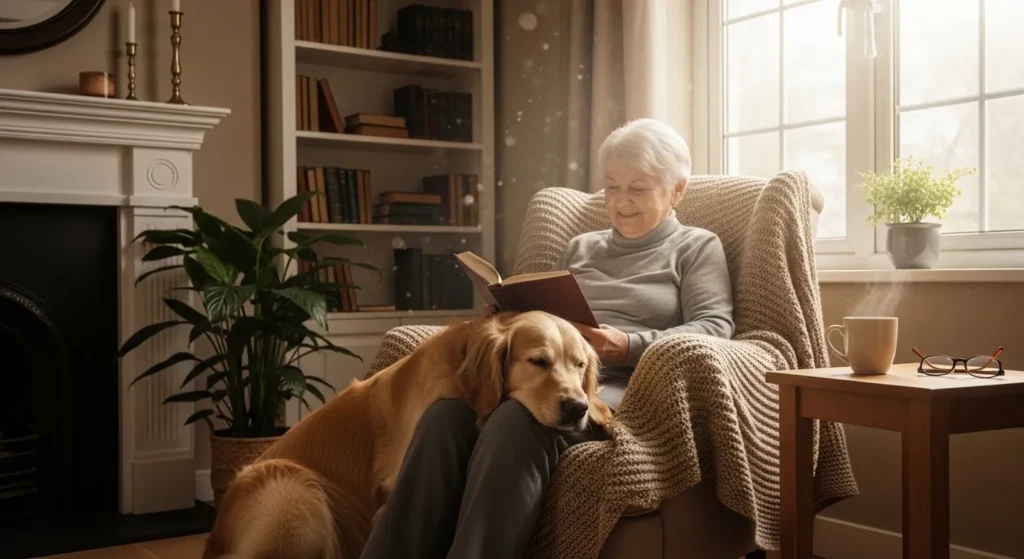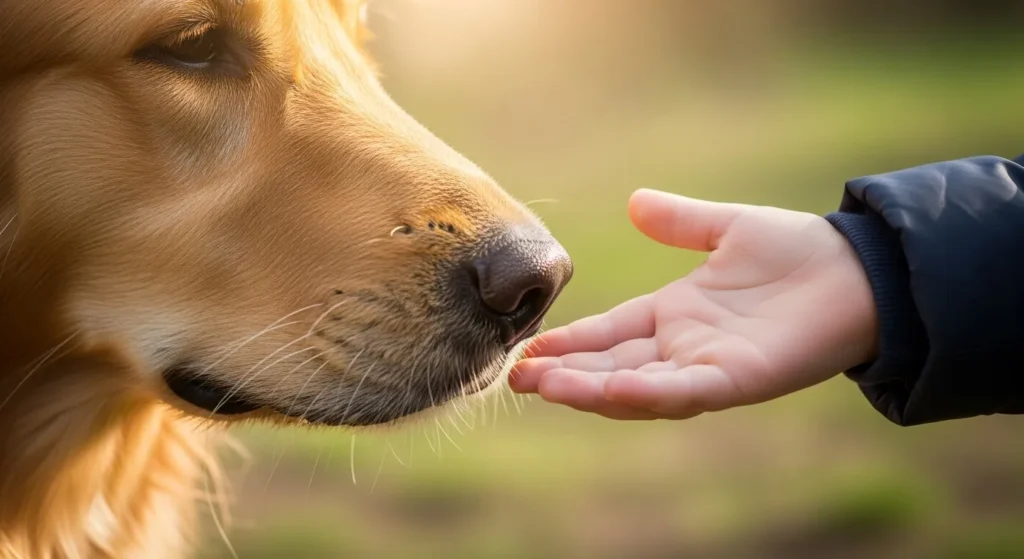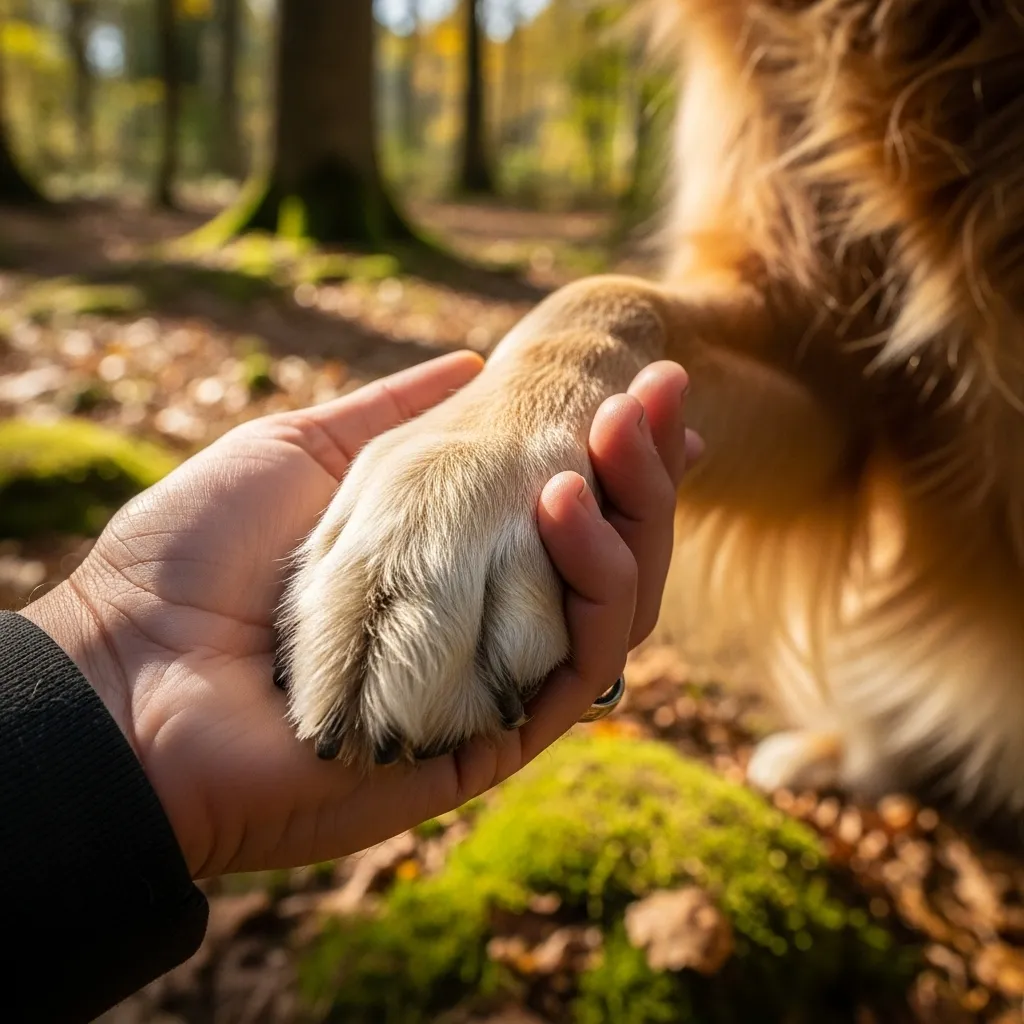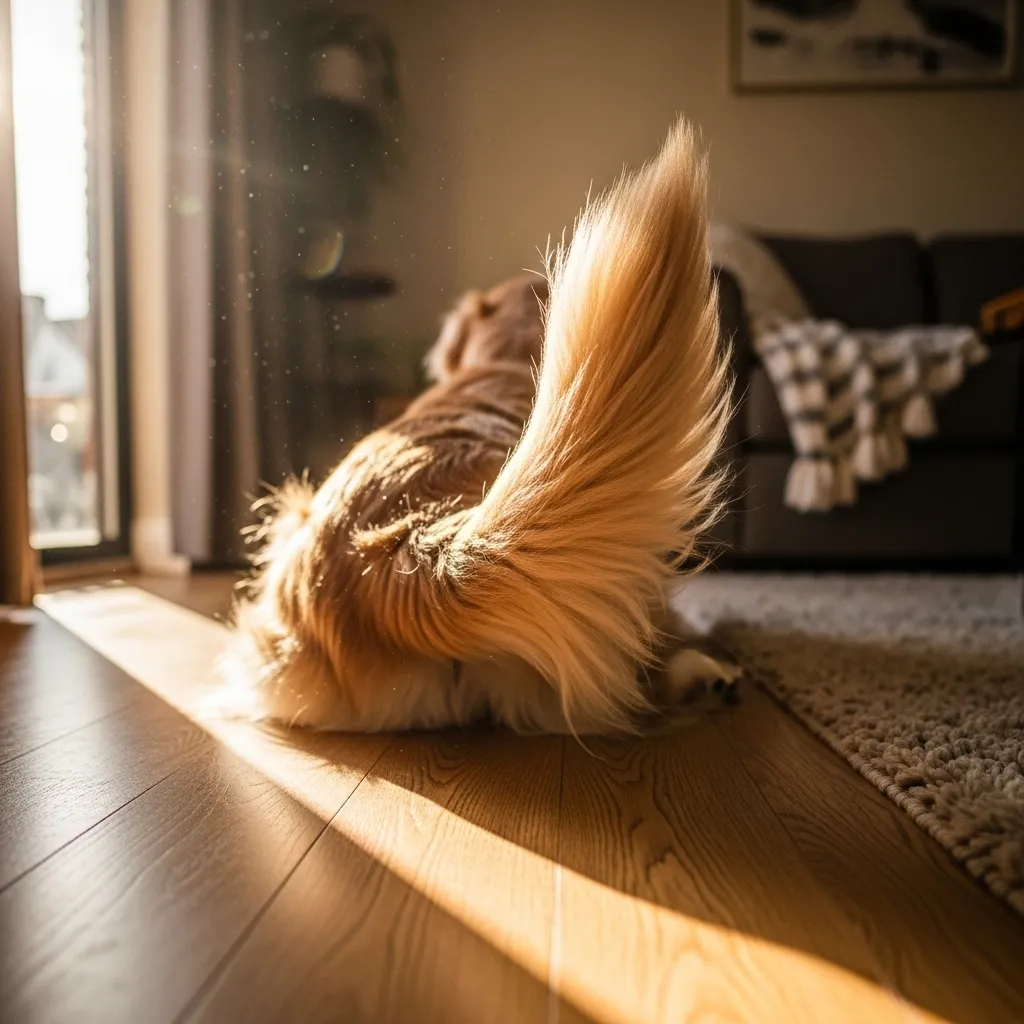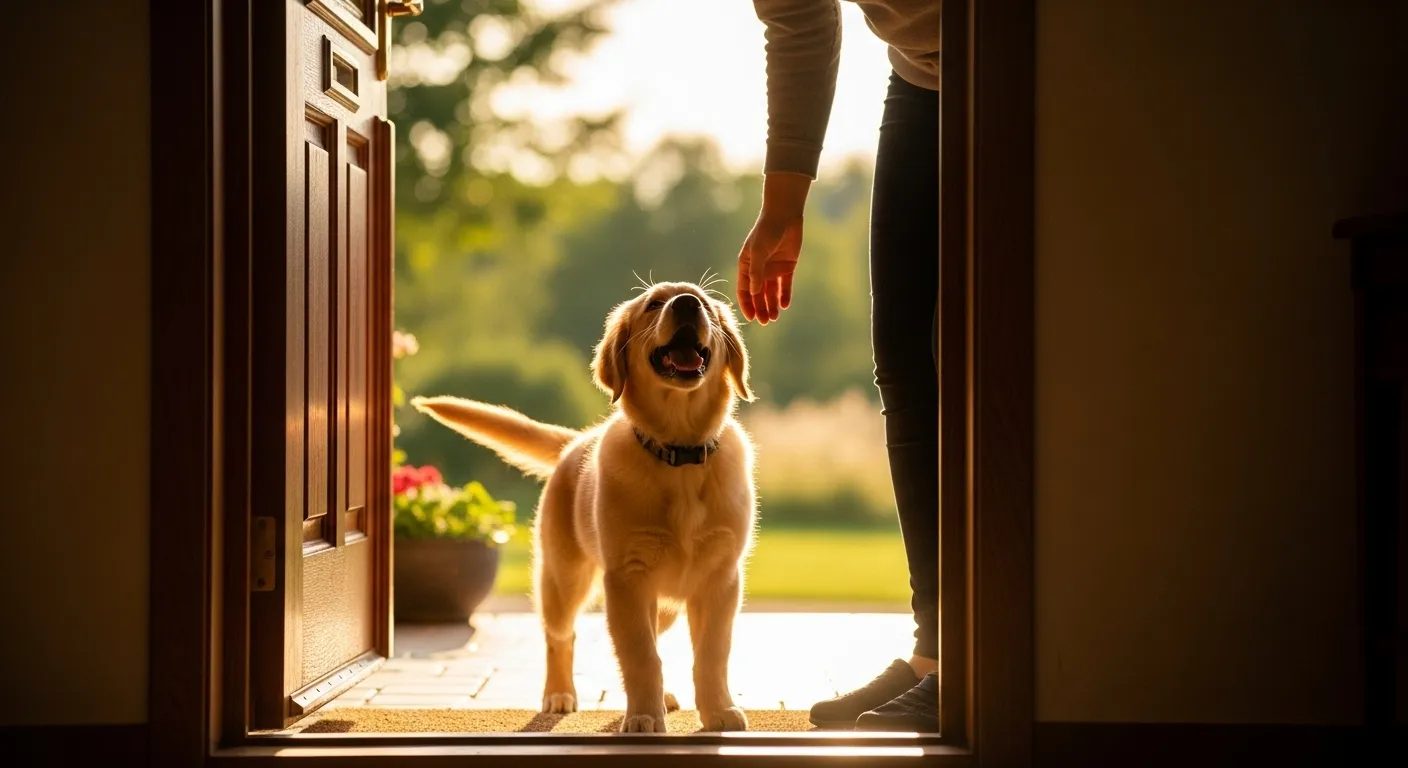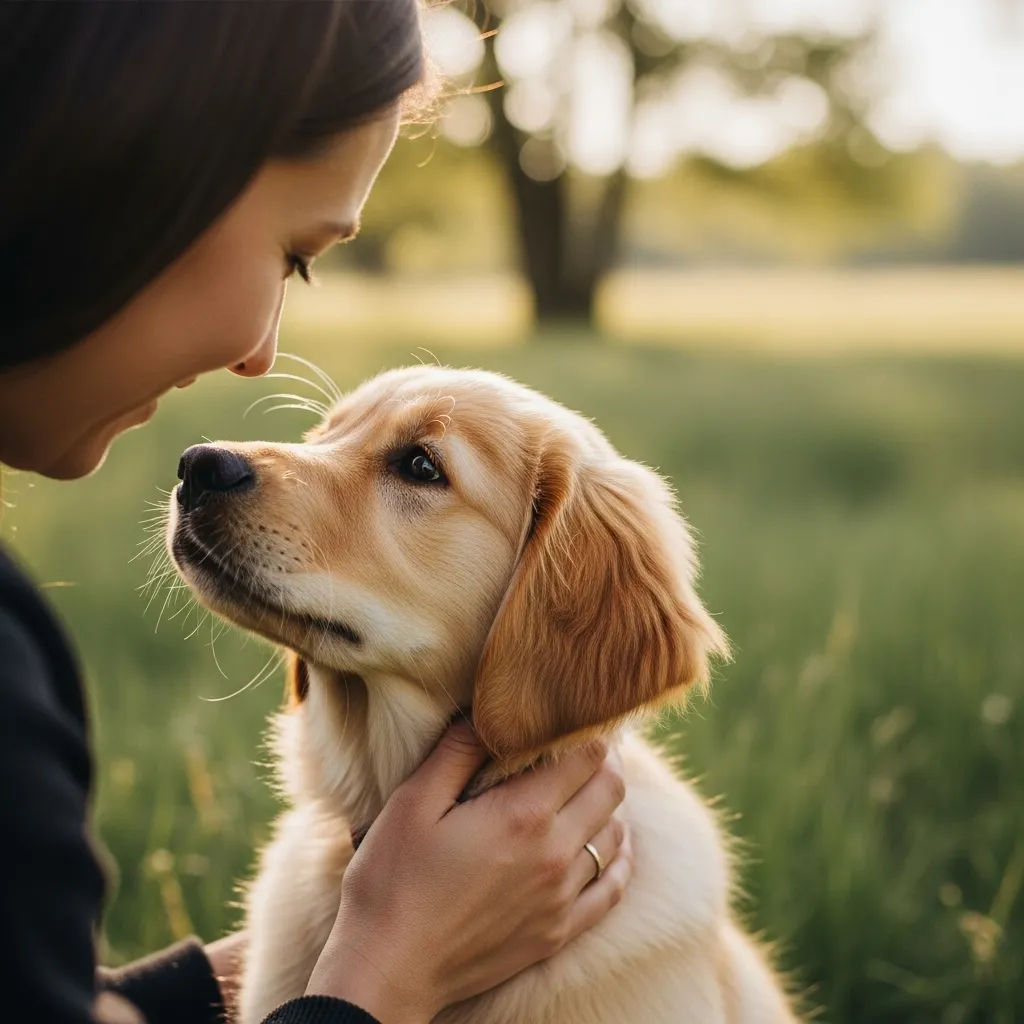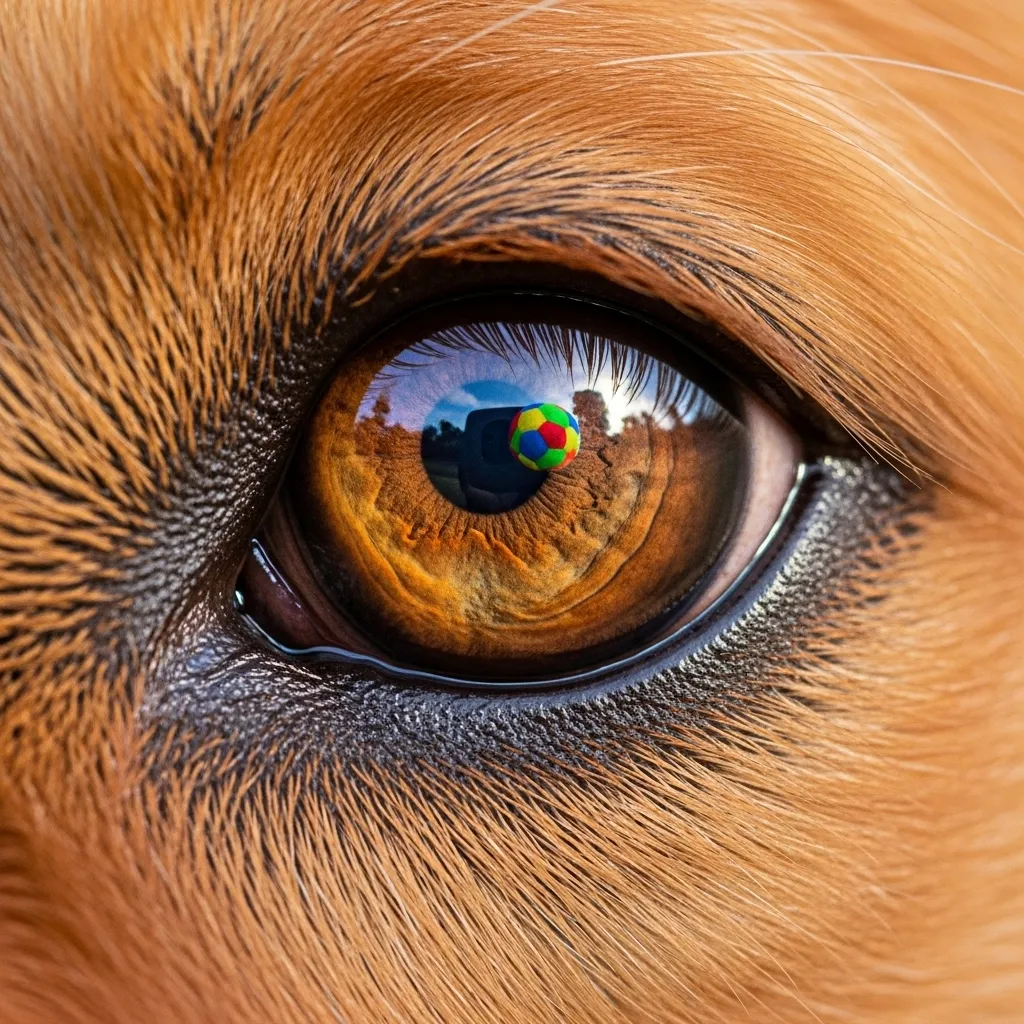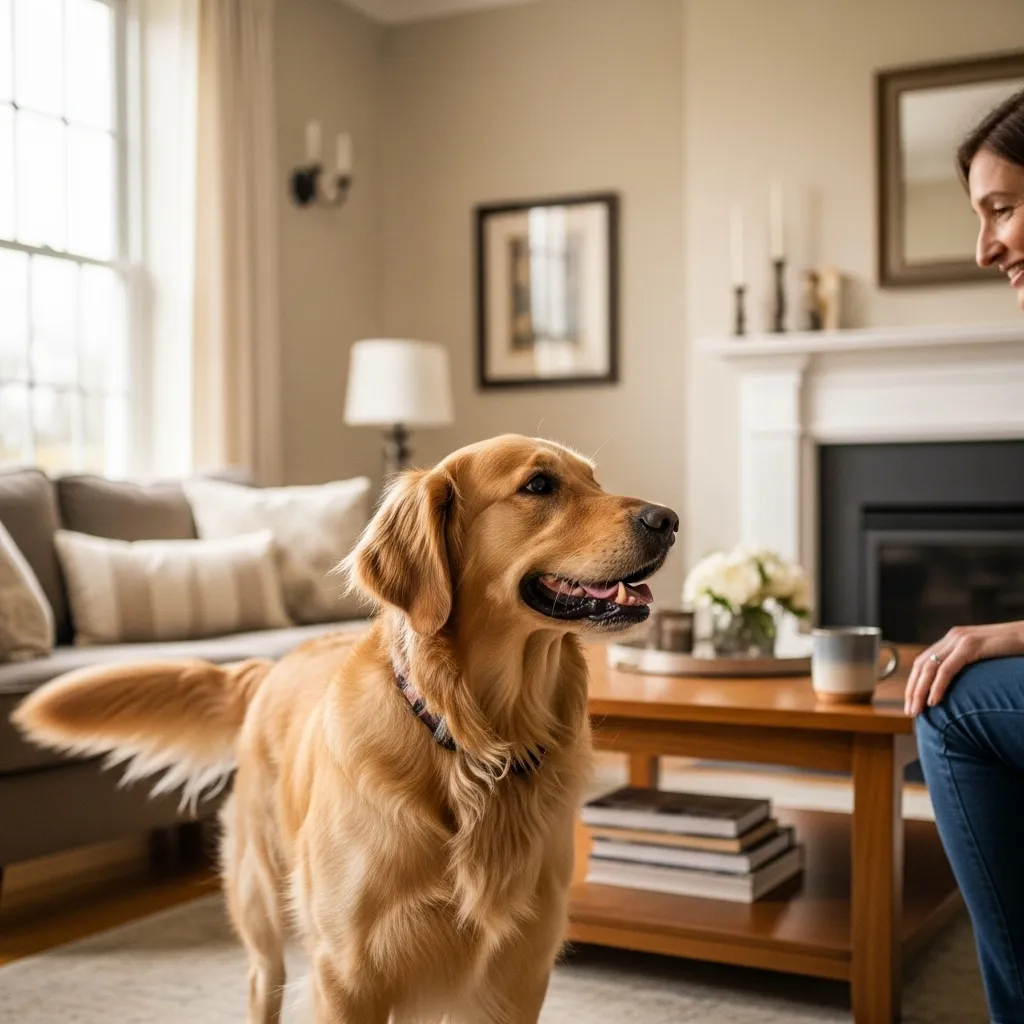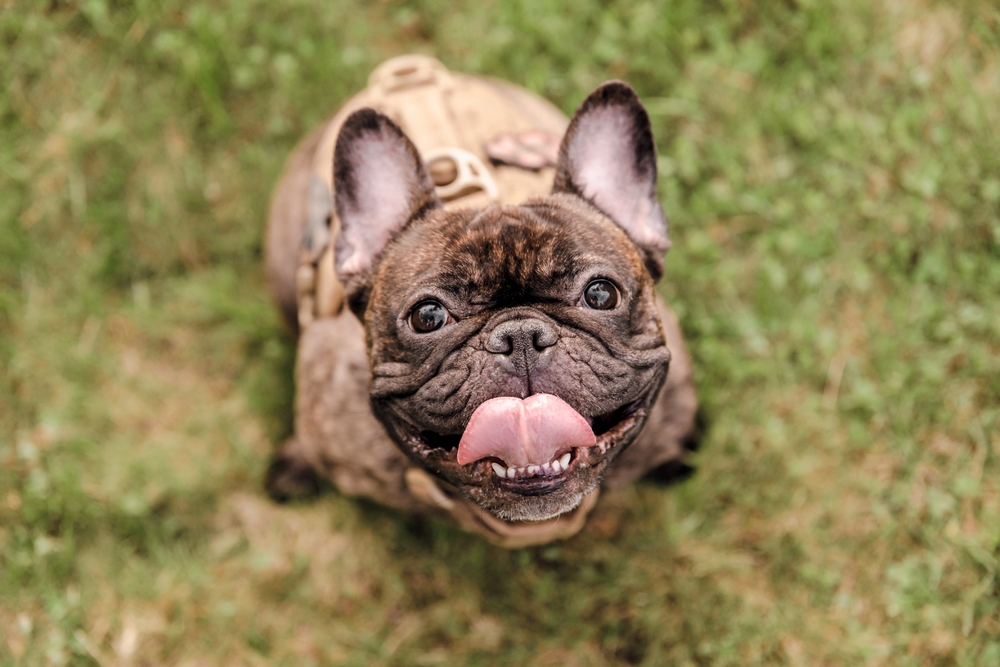
Did you know that purebred dogs are more at risk?
And since we’re at it, we must say that if you have a purebred dog, this is the kind of test that you should add “to your cart,” so to speak, given the higher risk they are automatically predisposed to.
It seems that thousands of years ago, “ancient” dogs resembled today’s wild dogs, like dingoes and coyotes.
They were skinny (up to 50 pounds), with long faces, snouts, and legs, and a brown coat. However, in the last 250 years, purebred dogs have gained increasingly more popularity, starting to resemble the prototype we’ve just described less and less.
In fact, the more we changed them, the worse the adverse effects. Here are some of the most complicated genetic diseases dogs can suffer from, how to identify them, and how you can attempt to mitigate the effects:

